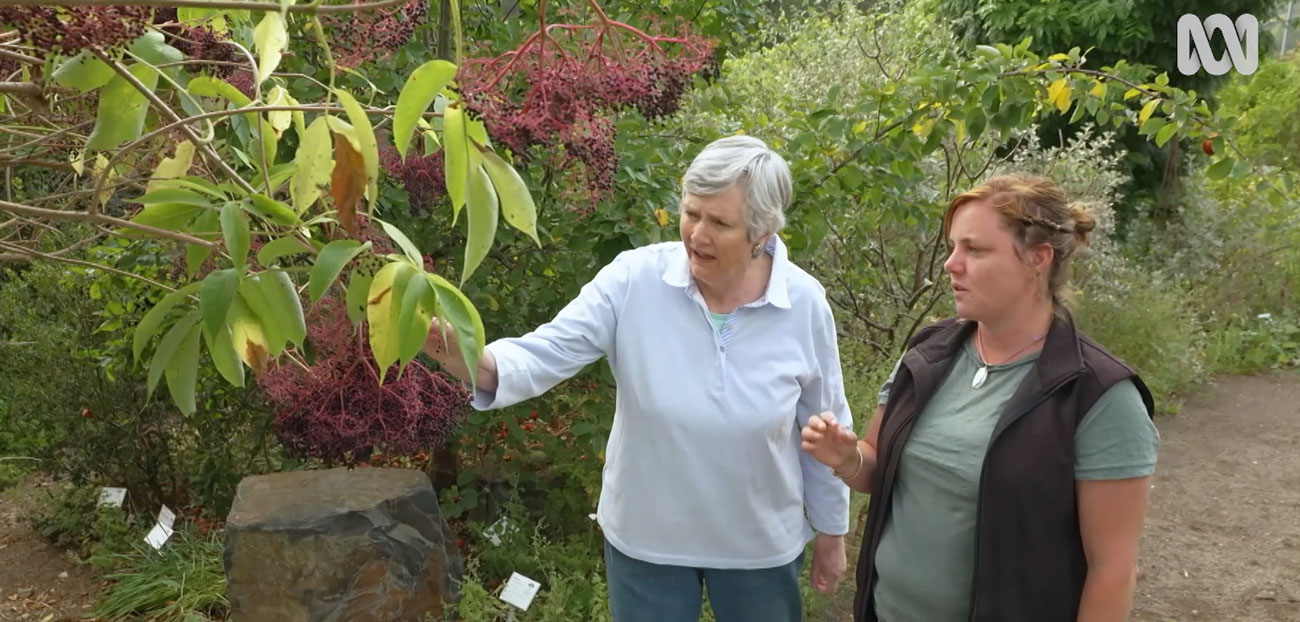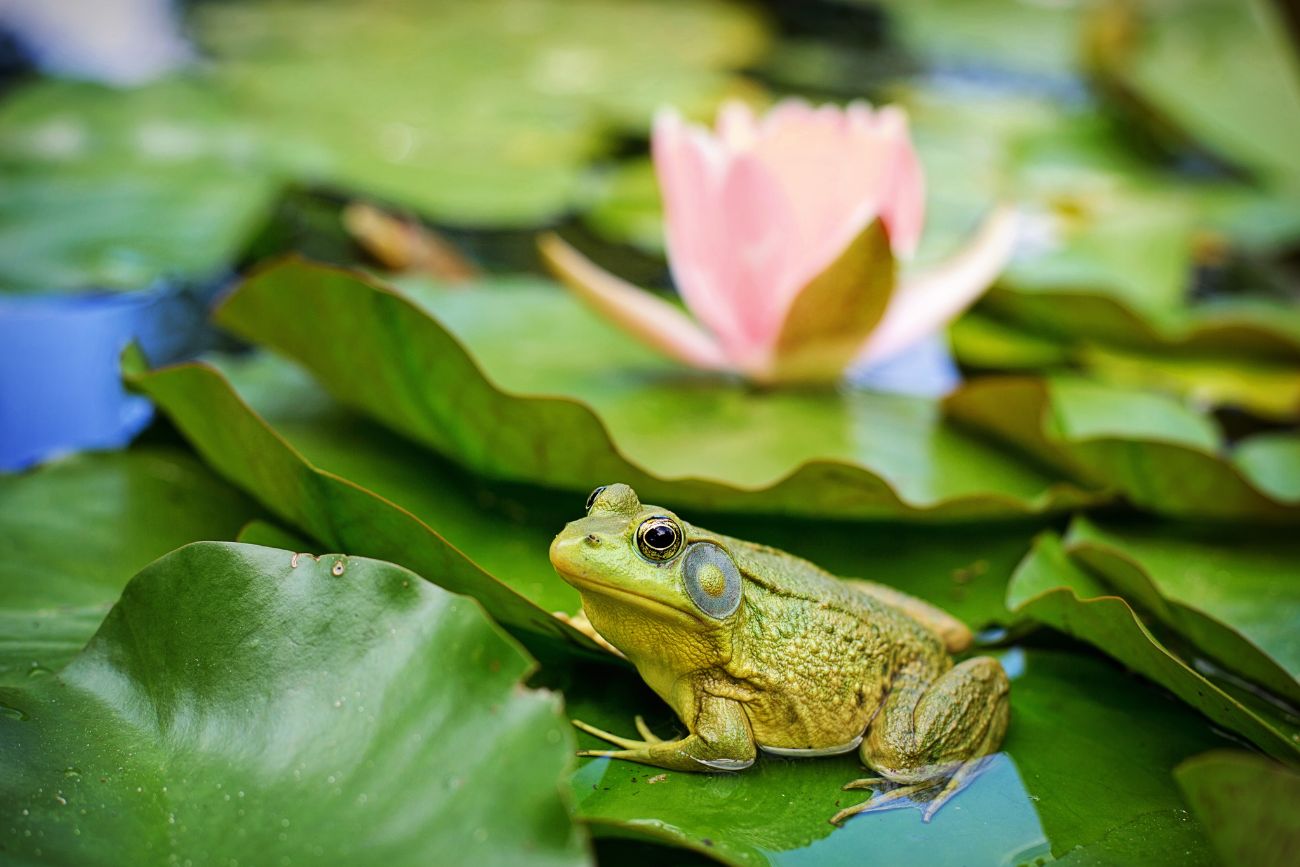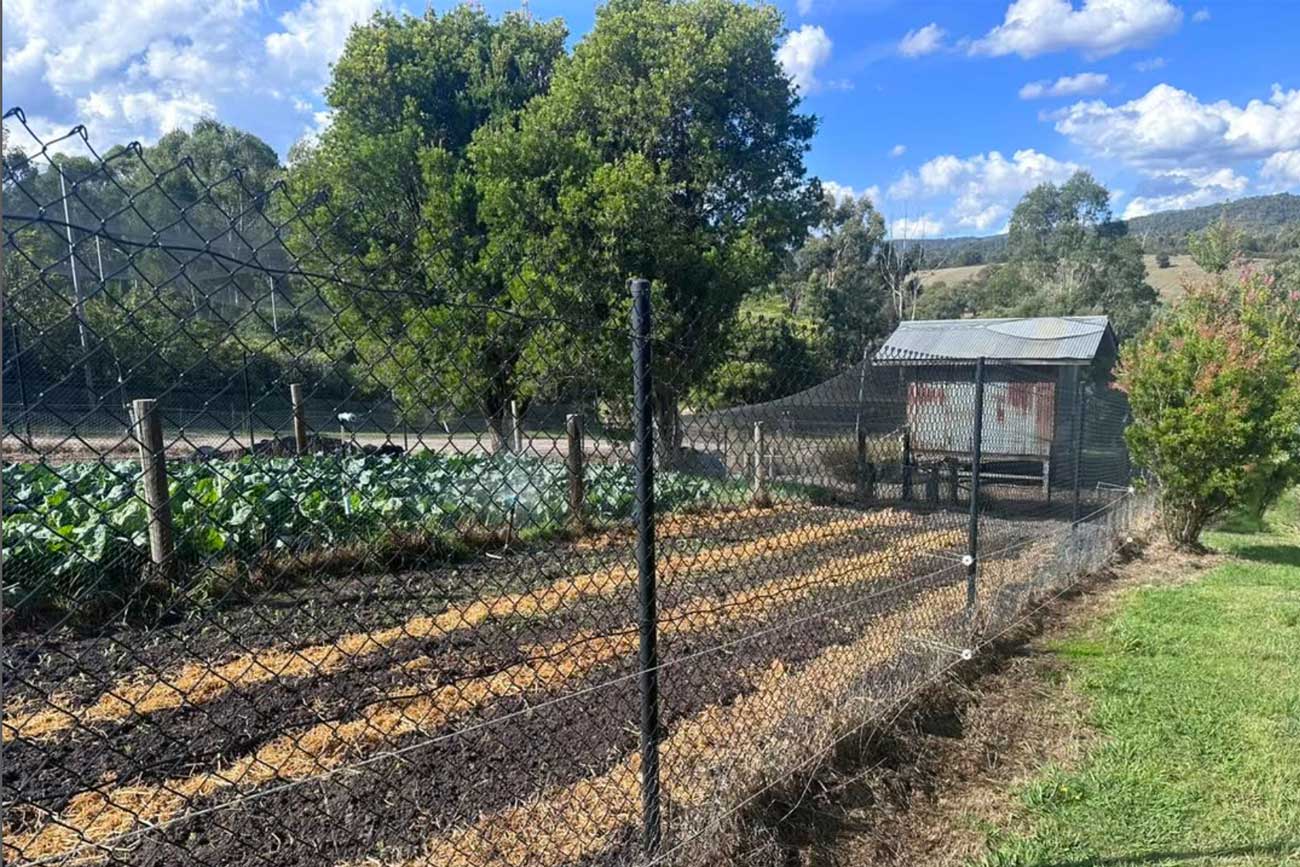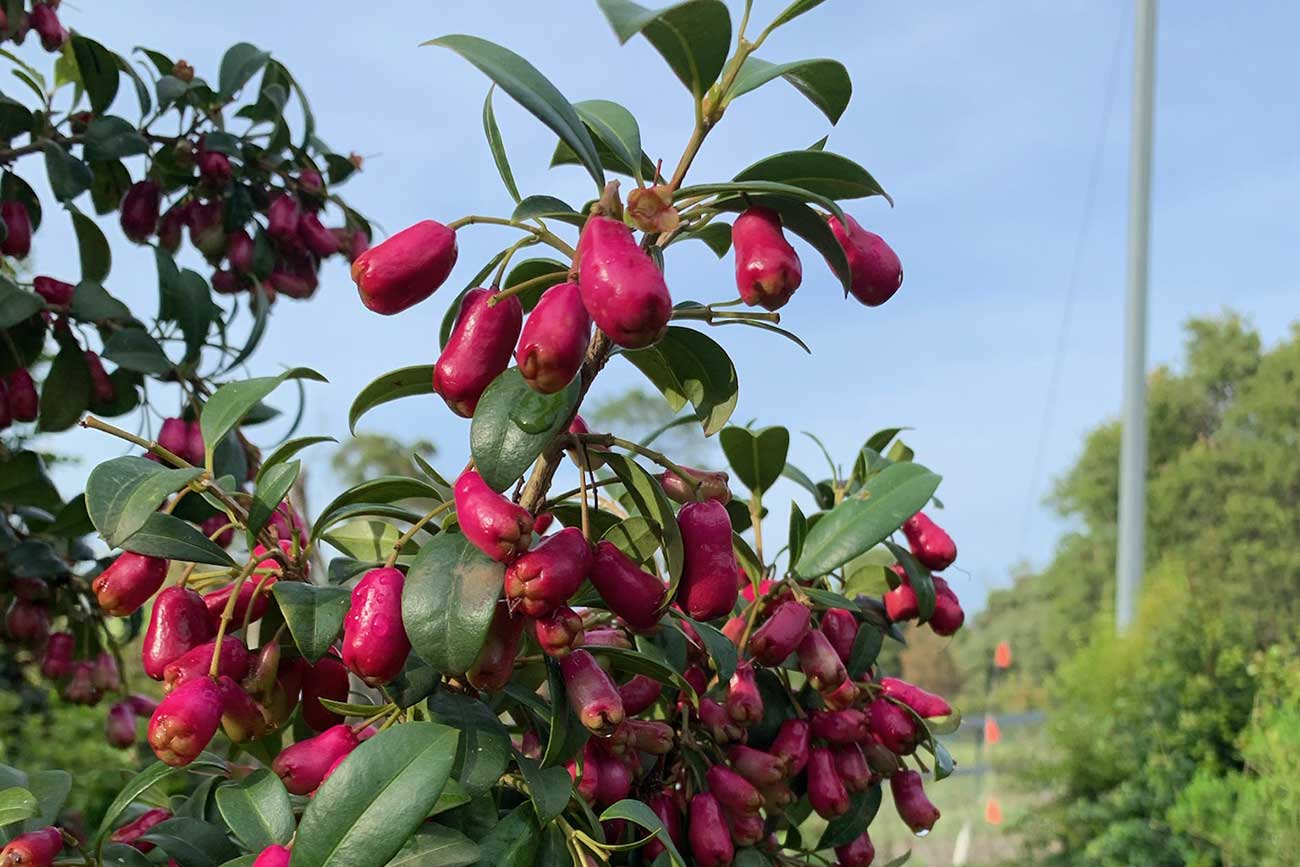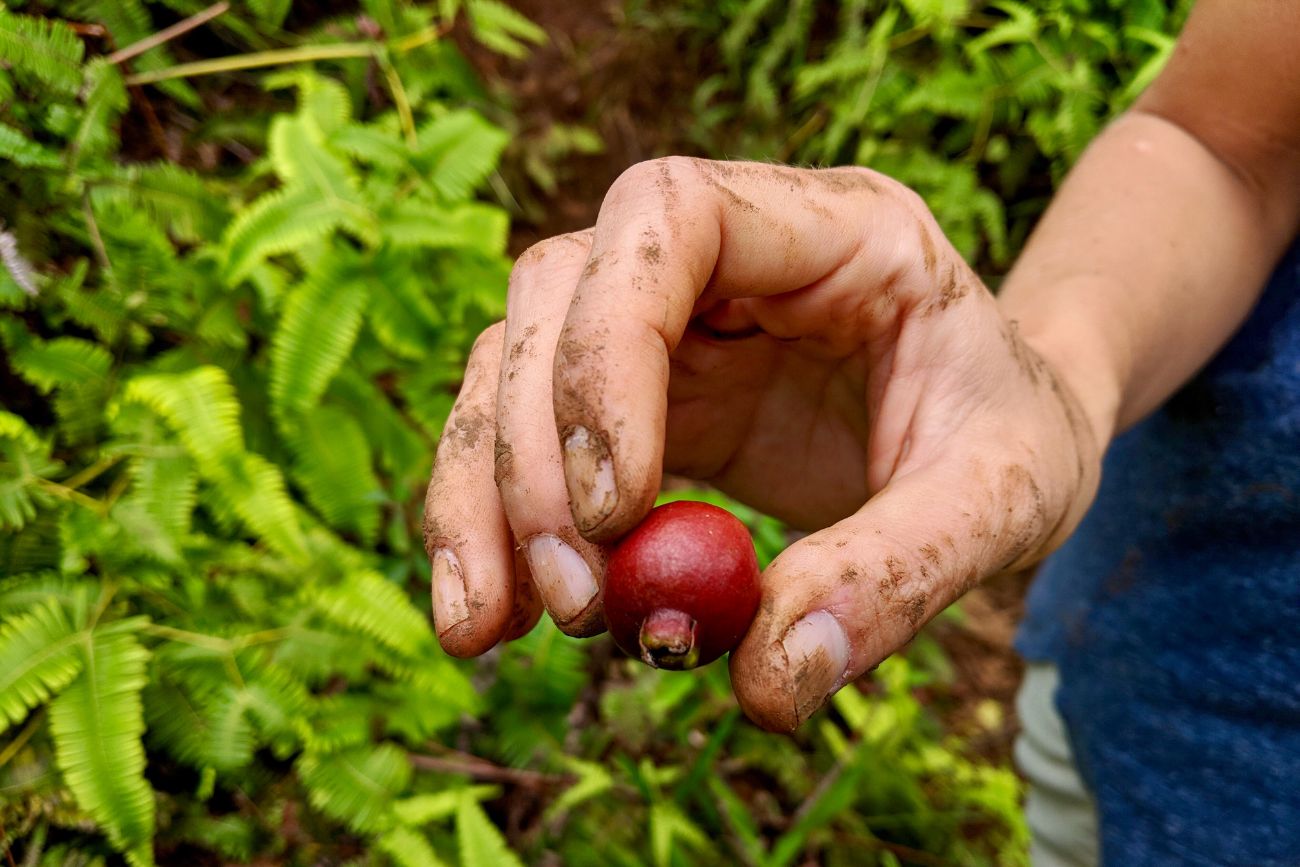Within the Edible Forest we practice seed collection from both our vegetable patch and forest for several reasons.
- Seed collection helps us keep a diverse range of plants.
- We provide a lot of vegetables for our events kitchen. Being able to collect the seeds ensures costs are reduced and we can do succession planting which means we can supply as much produce as possible to the kitchen.
- Within the forest we collect the seeds of plants so that if we lose a plant for any reason we can re-grow. This is especially important for rare plants that are hard to source.
- We collect seeds to germinate and grow the stock we have available for you to purchase in our Nursery.
“When life hands you dirt plant seeds.” Matshona Dhliwayo
During the months of January to March seed collecting conditions are ideal. So now is the time to start. It really is quite simple to collect seeds from your own garden. Let’s guide you through the process:
- Collect ripe seeds on a dry day as soon as they have ripened.
- Lay the seed heads out to dry in your greenhouse bench, or window sill you want a warm dry position.
- If the seed heads don’t open easily when dry gently crush the pods which will then release the seeds.
- If it s a soft fruit, such as a tomato, crush the fruit place in a jar of water overnight and strain through a fine sieve and dry out before storing
- After collecting the seeds clean off any surrounding chaff that may be attached as this will likely rot the seed.
- Place your seeds in labelled paper packaging.
- Store in a cool dark place.
While this method may vary for some plants this general guide will ensure you have a cost effective, reliable source of plants year after year. Seed collection is a simple cost effective addition to your plant growing and a great way to expand your knowledge of the garden.




